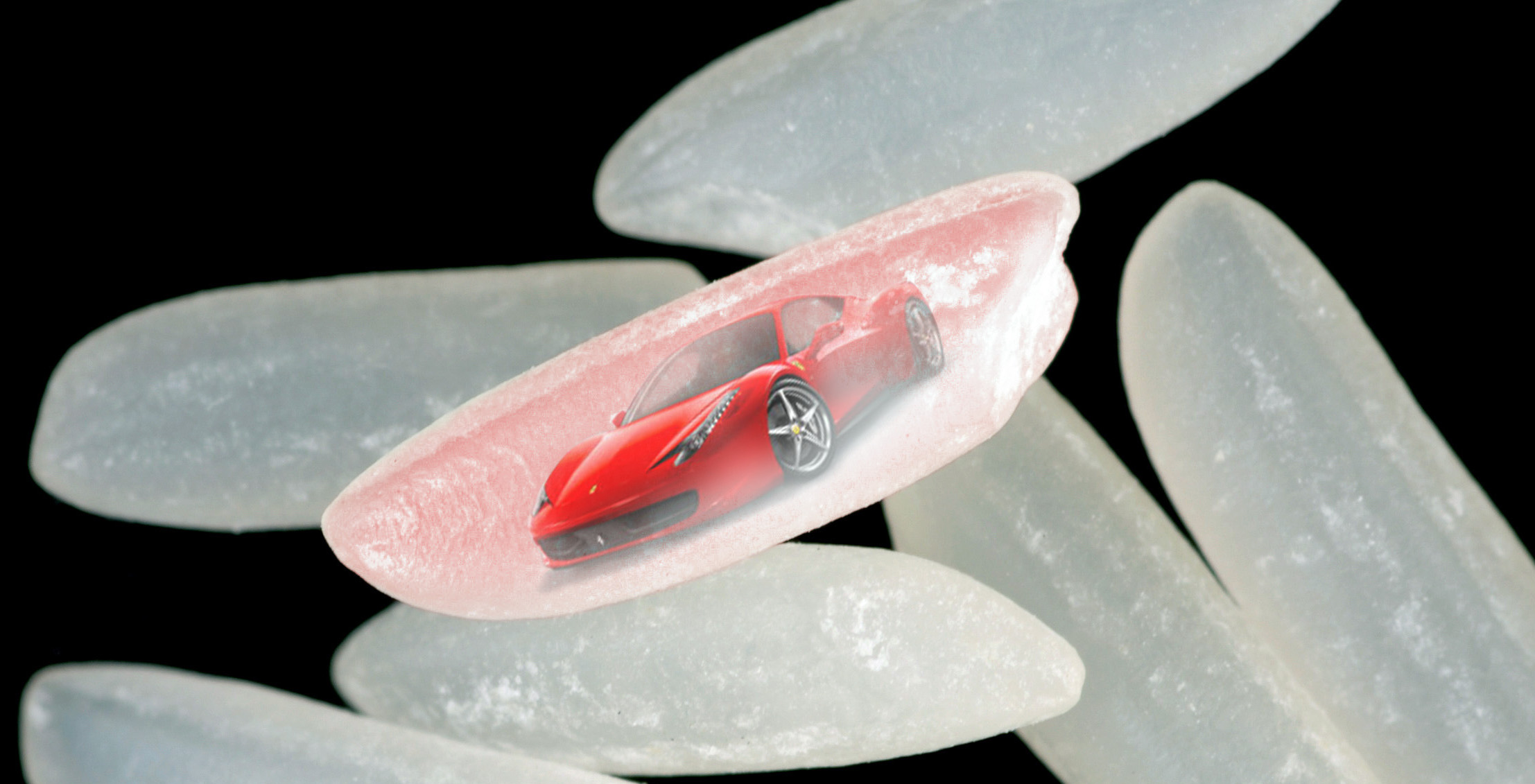By Guy Micklethwait
There’s no doubt, the world needs more rice. Over the next 40 years, cereal grain production must almost double to meet projected global demand.
Our Dr Bob Furbank and ANU’s Prof. Susanne von Caemmerer are currently working out how to turbocharge the rice of the future as part of an international research consortium.

What an opportunity to have some fun with Photoshop.
Rice has a C3 photosynthetic pathway, which is less efficient than a C4 pathway. C4 plants, like maize, turbocharge photosynthesis by pumping carbon dioxide into specialised cells of the leaf. C4 plants manufacture food more efficiently than C3 plants, producing higher yields while using less sunlight, nutrients and water.
The first phase of this project was to assemble the tools and pull apart the C4 engine to find the components necessary to build the turbocharger. The Bill & Melinda Gates Foundation has recently announced funding for the second phase, which will allow researchers from eight countries to work together to assemble a working prototype C4 rice.
“We have most of the genetic tool box now to build C4 rice, and now we are determining which combination of genes are essential for high performance and incorporating them into the prototype rice,” said Bob.

